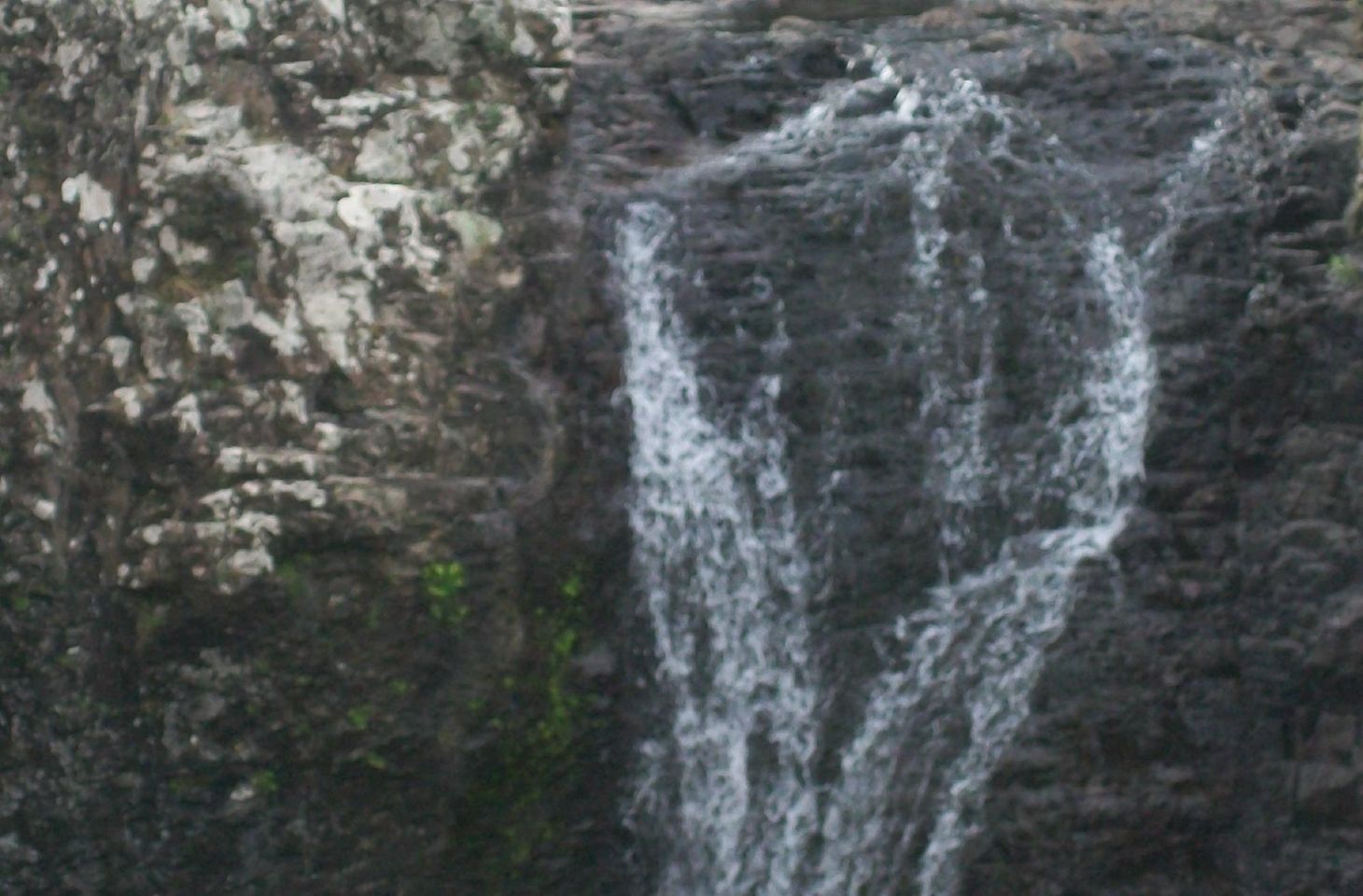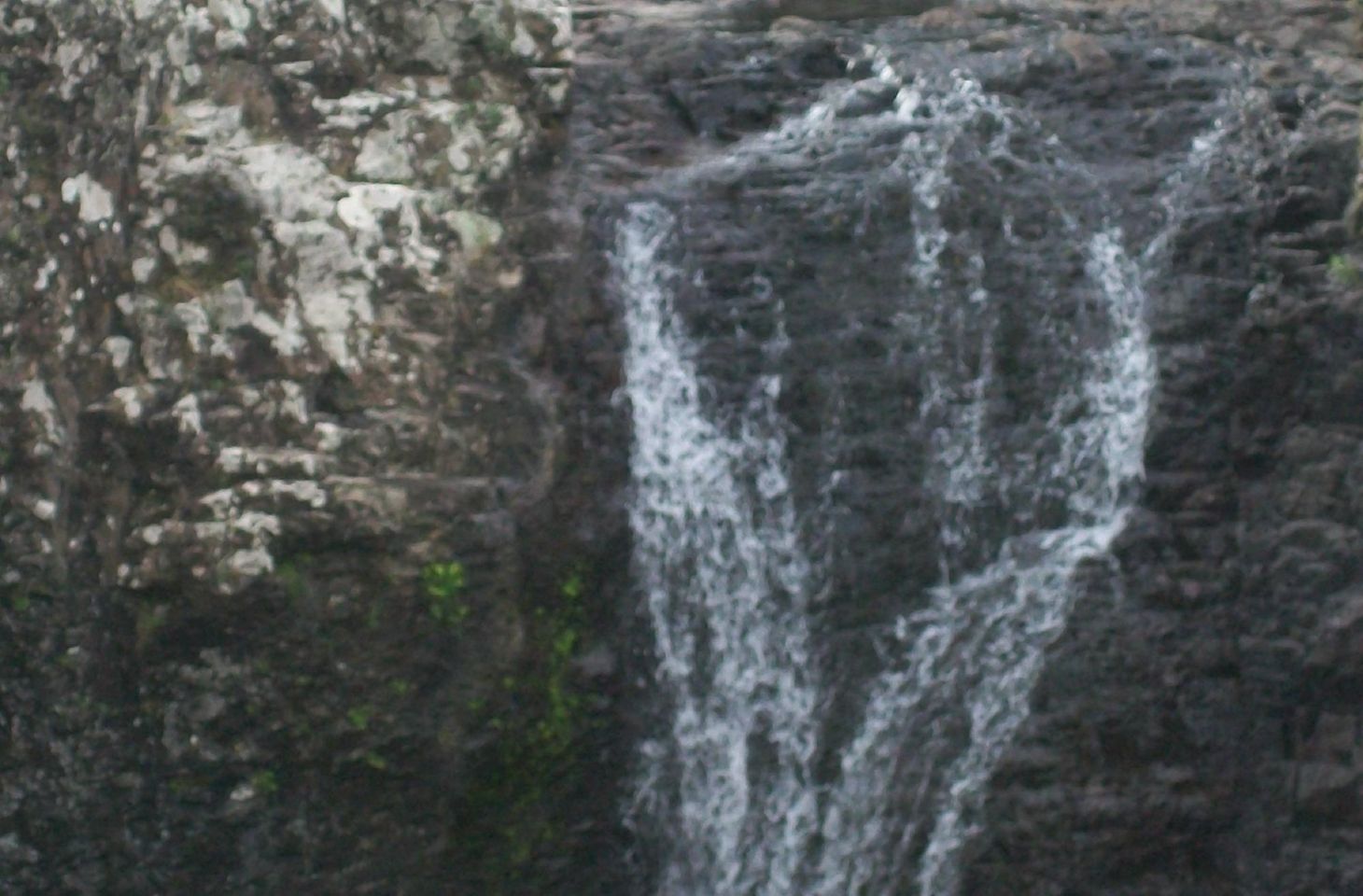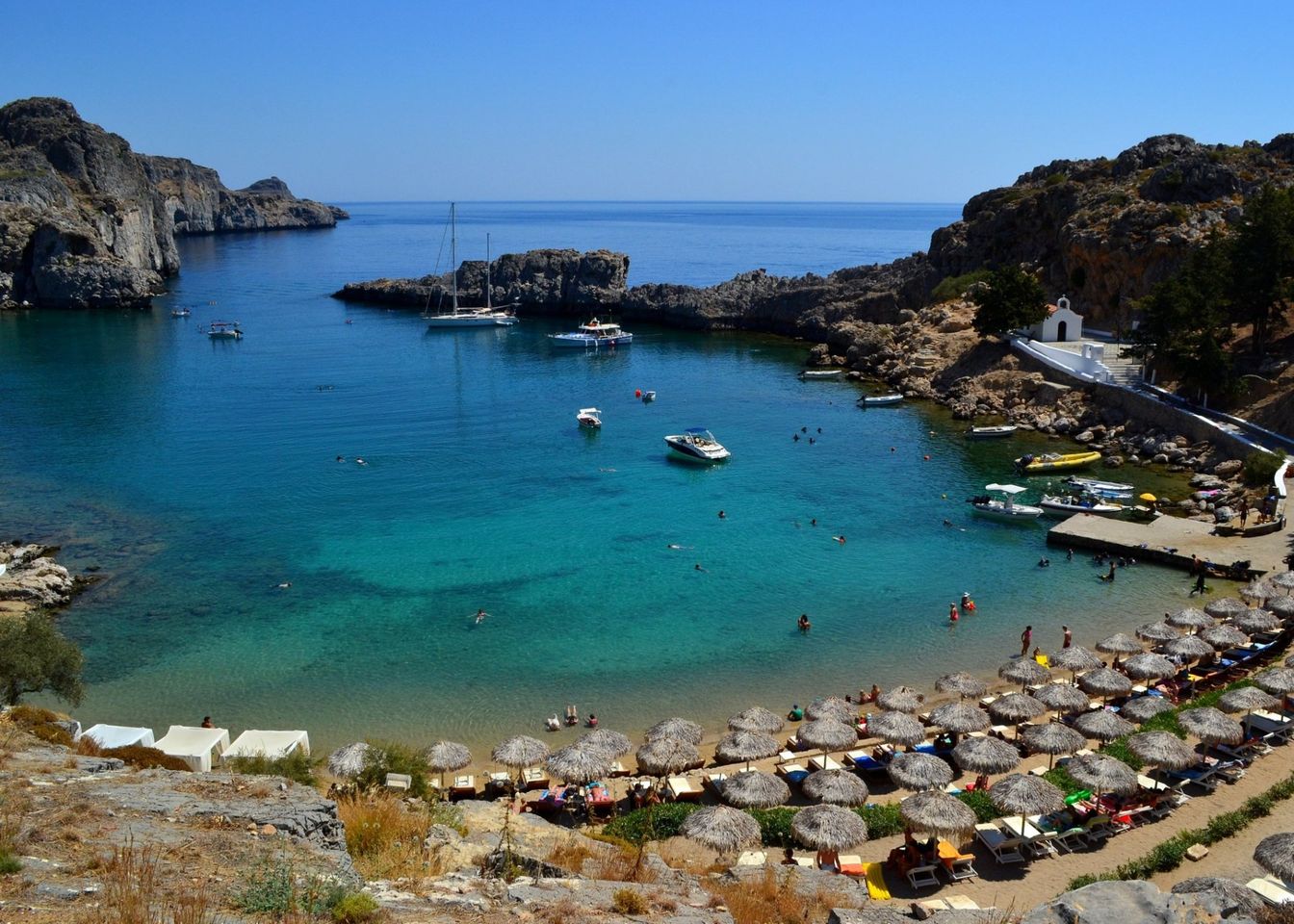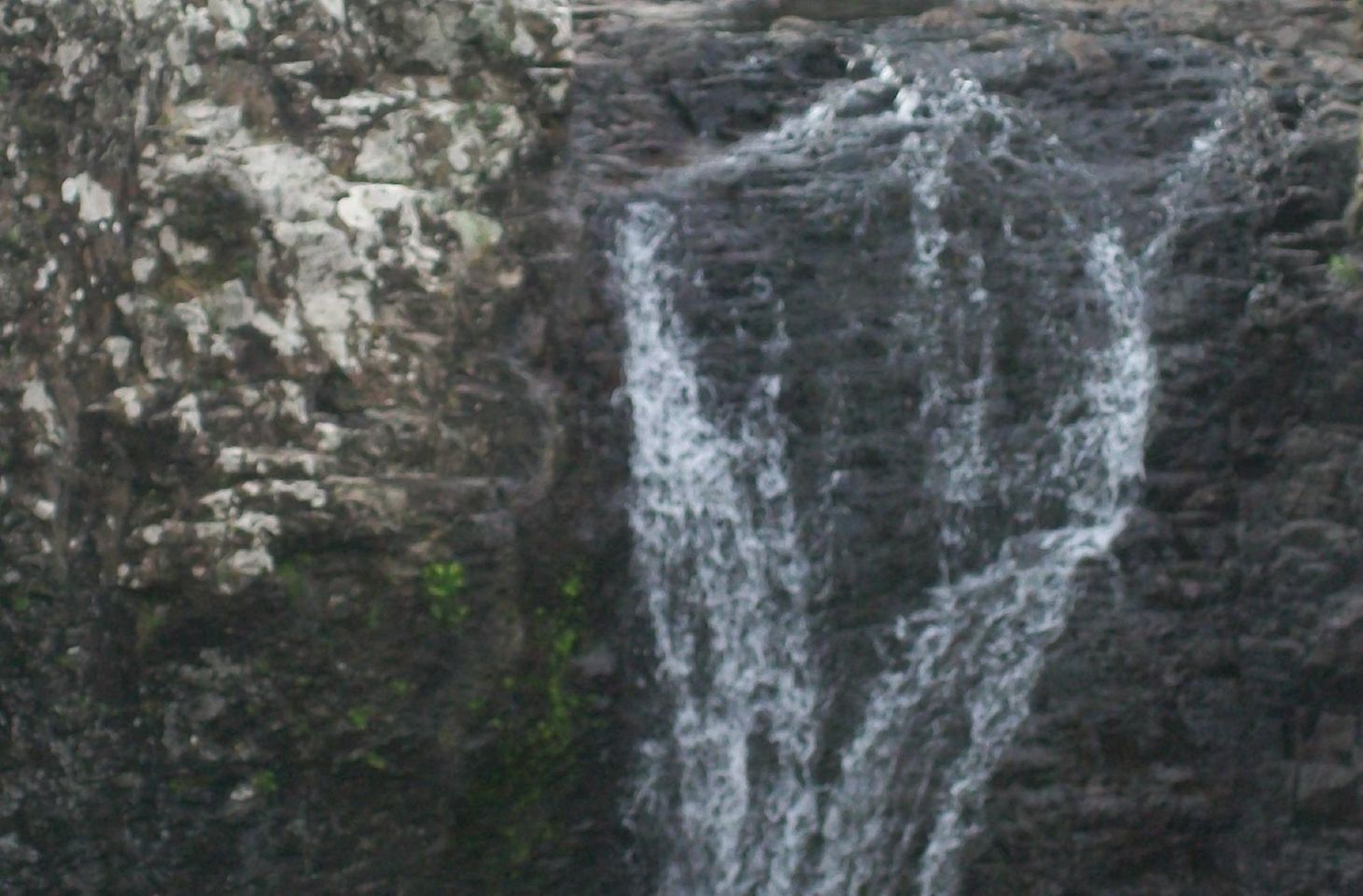Unveiling the Monumento al Payador: A Cultural Journey in Tacuarembó

Ah, the Monumento al Payador in Tacuarembó, Uruguay. What a magnificent homage to the art of the payador, the traditional folk singer and storyteller of the Pampas. This monument exudes the soul and spirit of Uruguay, capturing the essence of a rich cultural heritage that deserves to be celebrated and preserved for generations to come. As we stand before this monument, we can’t help but marvel at the sheer power of artistic expression and the enduring significance of folklore in shaping a nation’s identity.
The Monumento al Payador stands as a testament to the enduring legacy of the payador tradition in Uruguay. It symbolizes the resilience and creativity of a people who have embraced storytelling and music as a means of preserving their history and values. We are captivated by the sheer craftsmanship and attention to detail that went into creating this monument, as it serves as a poignant reminder of the deep-rooted connection between art and national pride.
In a world where cultural heritage is often overshadowed by modernity, the Monumento al Payador stands as a beacon of tradition and a reminder of the importance of honoring the past. It evokes a sense of nostalgia and reverence for the customs and traditions that have shaped Uruguay’s identity. As we delve into the rich history and significance of this monument, we are reminded of the value of preserving and cherishing our cultural roots. Click here to access the complete city guide for Tacuarembó.
History and significance of Monumento al Payador
Ah, the Monumento al Payador in Tacuarembó, Uruguay, a true embodiment of history and significance. As we stand in the presence of this remarkable structure, we can’t help but marvel at the rich tapestry of stories and cultural heritage woven into its very foundations. This monument stands as a testament to the enduring legacy of the payador, the troubadours of the gaucho tradition whose lyrical verses and melodies echo through the ages. It serves as a poignant reminder of the profound impact of these revered figures on the cultural landscape of Uruguay.
When we contemplate the significance of the Monumento al Payador, we are drawn into a realm where history and art intertwine with captivating allure. This monument not only pays homage to the legendary payadores, but it also symbolizes the resilient spirit of the Uruguayan people. Its towering presence serves as a powerful proclamation of national identity and pride, encapsulating the intrinsic connection between the land, its people, and the enduring traditions that have shaped them.
Moreover, as we delve into the history etched into the very soul of the Monumento al Payador, we find ourselves immersed in a narrative that transcends time. The stories, struggles, and triumphs of the payadores are enshrined within its structure, inviting us to reflect on the indelible mark they have left on Uruguay’s cultural mosaic. It is a living testament to the enduring power of art and creativity to transcend generations, leaving an indelible imprint on the collective consciousness of a nation.
Design and construction of the monument
Ah, monument design and construction – a topic that often gets overlooked in the grand scheme of things. Yet, when we visit a monument like the Monumento al Payador in Tacuarembó, Uruguay, we can’t help but marvel at the artistry and expertise that went into its creation. The design of a monument holds immense significance, as it stands as a testament to history, culture, and the human spirit. When we gaze upon the Monumento al Payador, we are not just admiring a structure but immersing ourselves in the story it tells.
The construction of a monument is a feat that requires meticulous planning, skilled labor, and unwavering dedication. As we stand in awe of the Monumento al Payador, we must appreciate the hands that toiled and the minds that envisioned this grand tribute. The choice of materials, the architectural finesse, and the structural integrity all play a pivotal role in bringing a monument to life. The craftsmanship and attention to detail displayed in the construction of the Monumento al Payador reflect a deep reverence for its significance, and we cannot help but be moved by the tangible evidence of human ingenuity.
Ultimately, when we visit monuments like the Monumento al Payador, we are not merely spectators; we are participants in a dialogue across time. We are engaging with the past, present, and future, all encapsulated within the design and construction of these towering symbols. The Monumento al Payador stands as a reminder of our collective heritage and the enduring legacy we leave behind. It is a testament to the power of art and architecture, and it beckons us to contemplate our place in the tapestry of history.
Events and activities at Monumento al Payador
Ah, the vibrant and culturally rich Monumento al Payador in Tacuarembó, Uruguay. When we find ourselves wandering through this historic monument, we can’t help but marvel at the plethora of events and activities that bring it to life. From traditional folk music performances to lively dance gatherings, the atmosphere is always abuzz with energy and excitement. We can’t help but immerse ourselves in the local traditions and customs that come to life through these engaging events, offering us a profound insight into the colorful tapestry of Uruguayan culture.
As we stroll through the monument’s grounds, we find ourselves drawn to the captivating storytelling sessions that unfold, sharing captivating tales of local folklore and history. These events truly transport us to a bygone era, where we are enveloped in the rich oral traditions that have been passed down through generations. The vibrant melodies of traditional instruments echo through the air, creating an enchanting ambiance that simply cannot be replicated elsewhere. It’s a mesmerizing experience that beckons us to delve deeper into the heritage of Tacuarembó and its people.
Furthermore, the interactive workshops and demonstrations offered at Monumento al Payador provide us with a hands-on experience that allows us to actively participate in the preservation of cultural practices. Whether it’s learning traditional dance steps or trying our hand at crafting artisanal goods, these activities foster a sense of camaraderie and appreciation for the local arts and crafts. We are not mere spectators but active contributors to the perpetuation of Tacuarembó’s cultural legacy, fostering a deep sense of connection and belonging within us.
Conclusion
In conclusion, we must acknowledge the profound significance of the Monumento al Payador in Tacuarembó, Uruguay. This awe-inspiring tribute stands as a testament to the rich cultural heritage and artistic legacy of the gaucho tradition. Its enduring presence serves as an emblem of pride for the local community and a poignant symbol of national identity. As we reflect on the enduring impact of this monument, we are drawn to ponder the enduring power of art to transcend time and space, uniting us in a shared appreciation for the human spirit and the beauty of creativity.
In a world filled with rapid change and uncertainty, the Monumento al Payador stands as a stalwart guardian of tradition and an unwavering testament to the enduring values of honor, courage, and resilience. It serves as a reminder that amidst the relentless march of progress, we must not forsake the profound wisdom and timeless truths encapsulated in our cultural heritage. The monument beckons us to pause, reflect, and honor the legacy of those who came before us, imparting invaluable lessons that enrich our collective consciousness and fortify our sense of belonging in a swiftly evolving world.
As we bid farewell to the solemn presence of the Monumento al Payador, let us carry forth its enduring message of unity, pride, and resilience. May we, as stewards of cultural heritage, strive to preserve and celebrate the traditions that bind us together as a global community. Let this monument serve as a poignant reminder that in cherishing our shared past, we cultivate a brighter, more enriched future for generations yet to come.




